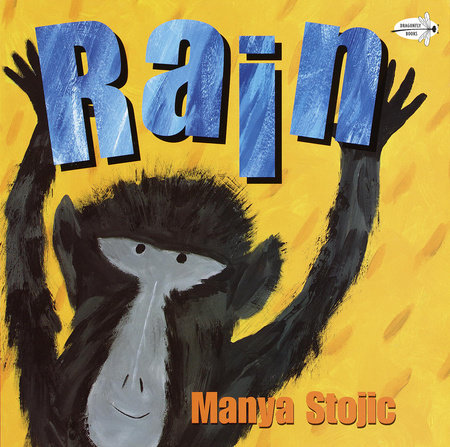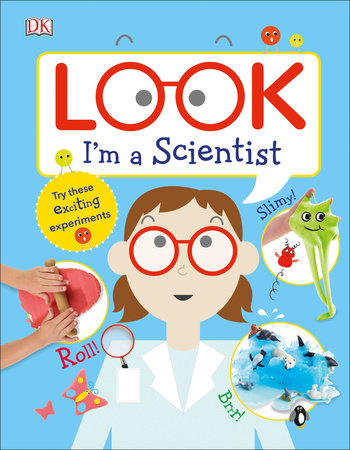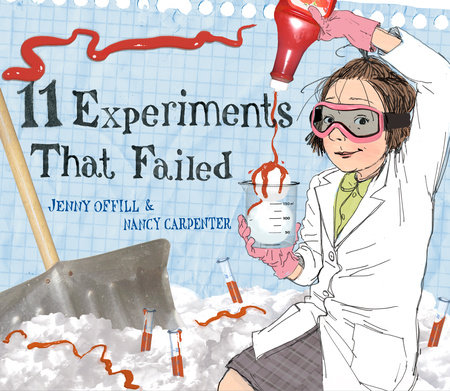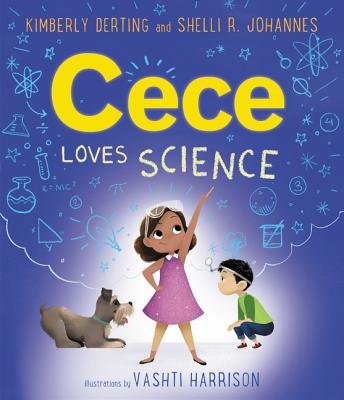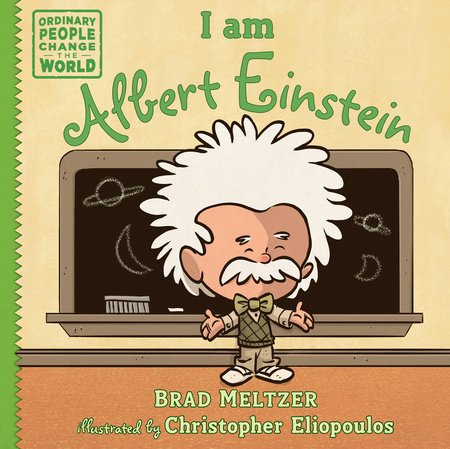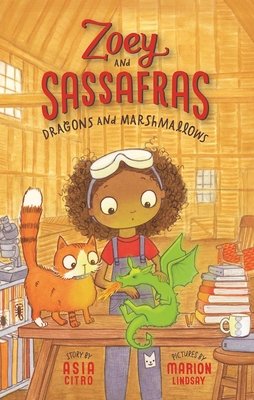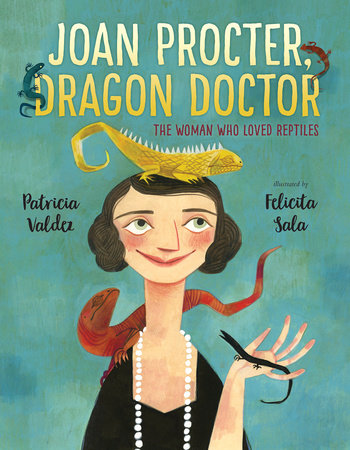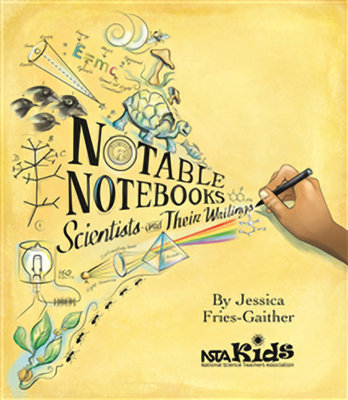8 Books to Teach Children About the Habits of Scientists
by Lindsay Barrett
What does a scientist do? Whether your curriculum includes investigations of weather, plants, space, forces and motion, or other key topics, instilling in children the wonder and care of a scientist’s mindset is key. Books can help explain and give compelling examples of how scientists ask questions, hypothesize, design experiments, overcome obstacles, and communicate scientific findings. Reading about real and fictional scientists helps children envision themselves in those roles. To inspire scientific attitudes and behaviors in your classroom, share these titles with students:
-
Rain
Available from:Exploring the five senses is a tradition in many early childhood classrooms, and for good reason: It’s the perfect introduction to scientific observation for young learners. This title shows that anyone can be a scientist — even porcupines, zebras, baboons, rhinos, and lions! These animals use all their senses to observe signs of impending rain, and its joyous arrival, on the dry savannah. After sharing Rain, head outside and ask students to observe how your own weather looks, sounds, smells, feels, and tastes.
Also available from: -
Look I’m a Scientist
Building on knowledge of the five senses and introducing the idea of “curious questions,” this title encourages young students to see themselves as scientists. Step-by-step directions and engaging photos introduce more than dozen simple and fun activities, from an “Iceberg Animal Rescue” to making balloon rockets and shaving cream “snow.” These are easily adaptable for small group investigations or as science table offerings.
-
11 Experiments That Failed
Available from:Scientists may not have the reputation as being the most humorous bunch, but this book challenges students not to draw premature conclusions. The questions and hypotheses presented — which involve ketchup, gerbils, yodeling, and glitter, among other things — have unique kid-scientist flair. Introduce the scientific method while making students laugh, and show that creativity and willingness to take risks are essential qualities of a successful scientist. After reading, students will love drawing and writing about imaginary “failed experiments” of their own.
Also available from: -
Cece Loves Science
“Science is all about asking questions,” says Cece’s conveniently named teacher, Ms. Curie. A class assignment requires that Cece and her friend Isaac come up with a research question, and design and conduct an experiment. Their interest in animals leads them to the perfect case study: Cece’s dog, Einstein. Kids will enjoy the “What ifs?” in this witty, realistic portrayal of the scientific method in action. After reading, invite students to brainstorm questions and plan their own inquiries.
-
I Am Albert Einstein
Available from:There isn’t a more notable scientific mind than Albert Einstein’s. Part of the Ordinary People Change the World series, this biography highlights Einstein’s insatiable desire to understand the world using engaging, comic book-style anecdotes. Use this title to begin composing a two-column chart that lists qualities of a scientist and supporting examples; Einstein was certainly curious, observant, and persistent, and more.
Also available from: -
Zoey and Sassafras: Dragons and Marshmallows
When Zoey discovers that her mother, a real-world scientist by profession, also uses her background to help sick magical animals, she’s eager to join the cause. Soon she’s designing her own experiments and meticulously collecting and recording data to try to find a way to help a lethargic baby dragon. Careful, committed, and creative, Zoey suggests plenty of additions to your discussions about qualities of a scientist. Students will no doubt want to read about more of Zoey’s adventures in subsequent installments of this early chapter book series.
-
Joan Procter, Dragon Doctor: The Woman Who Loved Reptiles
Available from:While most young girls of her time had tea parties and attended dances, Joan Procter walked her pet crocodile and frequented London’s Natural History Museum. With her determination, passion for reptiles, and willingness to challenge gender norms, she became a respected herpetologist with a particular affinity for Komodo dragons. Share this biography with students as an example of how scientists pursue specific interests and passions. After learning about the word “herpetologist,” list names for other types of scientists — which do your students dream of becoming?
Also available from: -
Notable Notebooks: Scientists and Their Writings
“What makes a notebook special? It’s a place to think and dream, to write down thoughts and questions about all that you have seen,” this author — a science teacher herself — promises. Each spread summarizes discoveries recorded by a famous scientist in his or her notebook; many pages include fascinating images of primary sources. The variety of notebook entry examples, including writing, numbers, drawings, and photographs, show how many ways there are for scientists to communicate their findings. When you’re ready for your students to begin using science journals or notebooks, this title is the perfect introduction.
What books do you use to introduce your students to the habits of scientists? Share your favorites in the comments section below!
For more lesson plans, book recommendations, and reading tips for your classroom or library, check out our Teach Brightly page!

